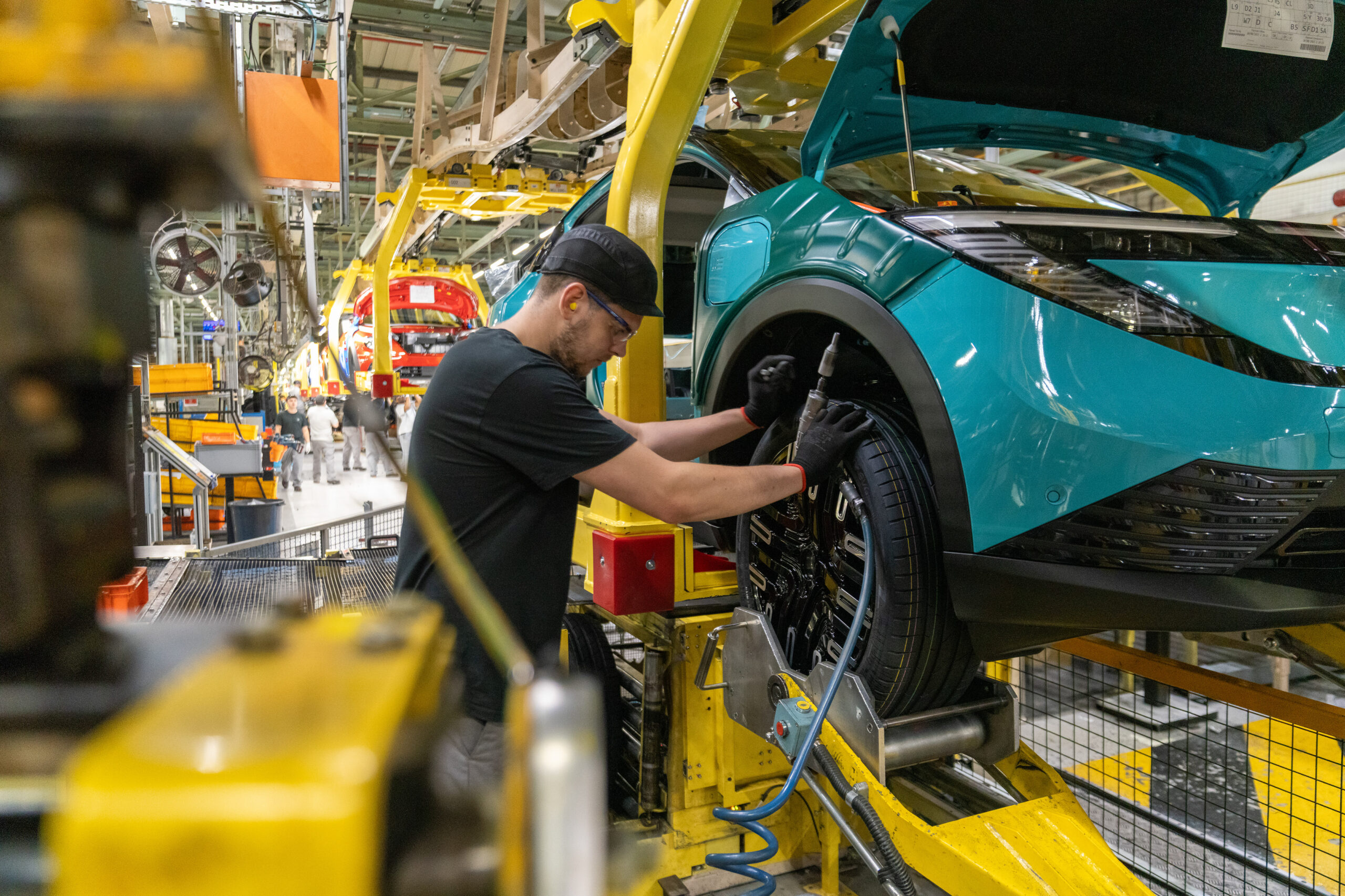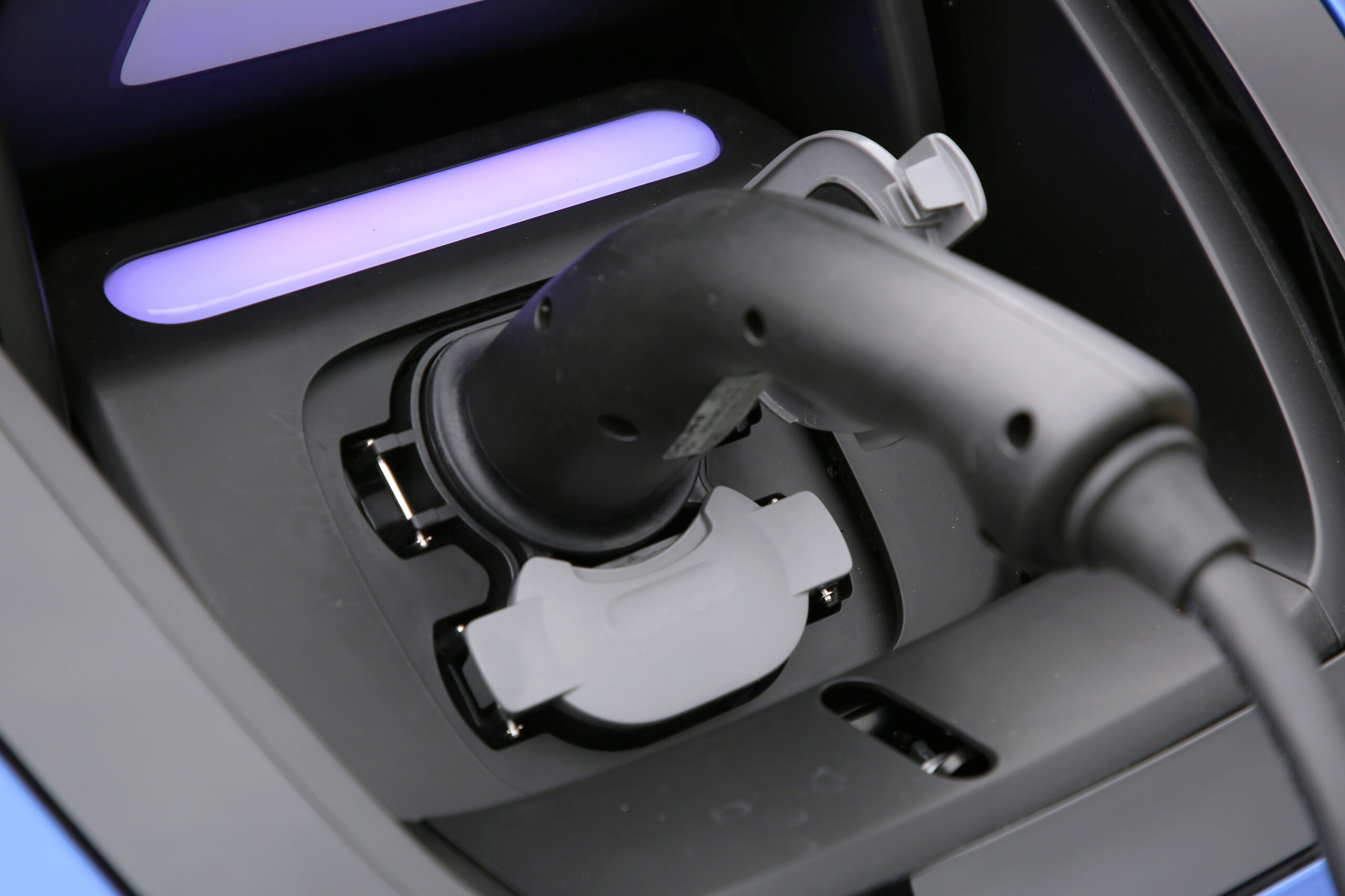
At the start of the week, SMMT published its latest registration data for new light commercial vehicles with 47,418 vans, pickups and 4x4s joining UK roads in September. That volume is slightly down on last year, by -2.1% but in the longer term view, it’s the best September total in four years and above pre-pandemic levels – a key positive in one of the market’s busiest months. The largest segment by volume remains the 2.5- to 3.5-tonne segment, up 3.2% to 32,670 units, representing almost seven in 10 (68.9%) registrations for the month.
The really positive news is that September saw the biggest uptake of new battery electric vans (BEV) in any one month, with 4,262 zero emission registered – a rise of 41.1% year-on-year to a market share of 8.9%. Year-to-date BEV volumes now stand at 22,118 units, up 55.9% on 2024, to represent 9.1% of all new registrations. Manufacturers are driving that growth, investing heavily in electric van models, with more than 40 options now available to fleet operators, while the Plug-in Van Grant extension and Depot Charging Scheme will help operators continue to switch. Increasing zero emission fleet renewal to mandated levels, however, requires confidence that suitable and affordable charging will be available, wherever and whenever it is needed.
Decarbonisation is an investment priority for OEMs but there are others, including vehicle safety and security – and this week, I attended the annual conference for International Associations of Auto Theft Investigators, bringing together various police constabulary representatives, crime prevention experts and aftermarket suppliers that specialise in locks and security devices for LCVs. Discussion covered the rise in stolen vans and tool theft, impacting tradespeople’s livelihoods, with a recent survey showing one in four UK van drivers experienced tool theft in 2024 – and the average value of stolen tools exceeding £2,400.
Industry is doing its utmost to provide security features such as additional and sophisticated locks, anti-theft alarm systems and anti-theft sprays, while tools can be marked to ensure that, once recovered, their owner can be identified. Additional policing is essential, however, with measures such as a dedicated crime code, which would help to track the extent of the cost of tool theft from vans and help police forces respond accordingly.


